Joe and I are different from other people. We just accept things when God puts them before us. It’s like accepting what you have to do in life. Things come at you, and you don’t say, “Am I going to do it?” You say, “Now, how am I going to do it?”
May Lemke
Occasionally, we learn of extraordinary teachers. They excel above all others. We can only sit back and marvel at their work. They just seem to know, without any explanation of how or why they know. This is the story of one such teacher, who raised a severely handicapped child. It is told in Shirlee Monty’s book May’s Boy: An Incredible Story of Love. (May shares the copywrite as a joint author.)
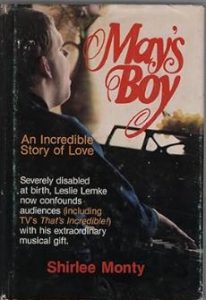 Leslie was received into the home of Joe and May Lemke at the age of six months. May was told that he wouldn’t live long. He had been born prematurely and weighed only three pounds at birth. He was palsied, and his limbs were limp. His eyes had been removed due to infection, and his parents were unable to care for him.
Leslie was received into the home of Joe and May Lemke at the age of six months. May was told that he wouldn’t live long. He had been born prematurely and weighed only three pounds at birth. He was palsied, and his limbs were limp. His eyes had been removed due to infection, and his parents were unable to care for him.
When May first looked at the child, she was brought to tears. She was 52 years old and had already raised five children of her own. Yet, she accepted the challenge with an unwavering faith which kept her strong through the next four decades with Leslie.
“Oh, Joe, he looks terrible! So forlorn, so long and thin and helpless. But God loves all children, even this little creature. We’ll just see what we can do.”
Joe Lemke
May’s Childhood Education
May was born in the summer of 1900 in an English fishing village. Her father was a shipbuilder who was often deployed by the royal service, and he was absent for much of  her childhood. Her mother was a nurse and midwife with a workable knowledge of herbs and home remedies. She was the mother of ten, yet always generous with her services. She often welcomed beggars and war victims into her home. Her policy was to never turn anyone away because you never know who it’s going to be.
her childhood. Her mother was a nurse and midwife with a workable knowledge of herbs and home remedies. She was the mother of ten, yet always generous with her services. She often welcomed beggars and war victims into her home. Her policy was to never turn anyone away because you never know who it’s going to be.
May and Leslie Lemke
May’s earliest behaviors foreshadowed who she was to become.
May’s prized possession for many years was the rag doll her mother had made for her when she was just two. She carried the doll everywhere, including to meals, where she kept up a constant conversation with her child. “Now, mind your manners. Stay clean and neat whilst you eat!” When one of her brothers accidentally sat on the doll one morning, May spent the rest of the day nursing it back to health.
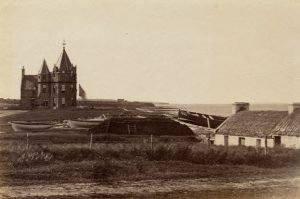 May wandered throughout their village visiting new and interesting places, often to be brought home by helpful adults who told about the delightful things she had said and done. Her childhood could have easily been the inspiration of the Eleanor Porter book Pollyanna. Like Pollyanna, she showed love and care to everyone with perpetual and contagious joy. She never missed an opportunity to help or encourage another.
May wandered throughout their village visiting new and interesting places, often to be brought home by helpful adults who told about the delightful things she had said and done. Her childhood could have easily been the inspiration of the Eleanor Porter book Pollyanna. Like Pollyanna, she showed love and care to everyone with perpetual and contagious joy. She never missed an opportunity to help or encourage another.
At the untimely death of her 11-year-old brother, she was not yet two years old and stayed next to her mother, from when the injured boy came home, until he died shortly after. Following this tragedy she voluntarily adopted the role as a comforter to her bereaved mother who dubbed her a little ray of gold.
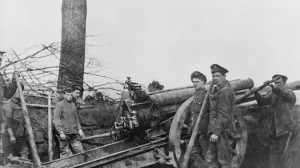 It was the custom for the village children to begin their schooling at age 3 and stay in school until they were 12. Boys were introduced to trades and girls were taught basic homemaking skills, like housekeeping, mending, cooking, cleaning, and needlework. The first world war interrupted May’s youth with new tragedies. She lost 4 brothers and her father, as well as most of her uncles, male cousins, and friends. When supply ships were sunk, food became scarce. It was through her mother’s foresight and planning that she was able to eat.
It was the custom for the village children to begin their schooling at age 3 and stay in school until they were 12. Boys were introduced to trades and girls were taught basic homemaking skills, like housekeeping, mending, cooking, cleaning, and needlework. The first world war interrupted May’s youth with new tragedies. She lost 4 brothers and her father, as well as most of her uncles, male cousins, and friends. When supply ships were sunk, food became scarce. It was through her mother’s foresight and planning that she was able to eat.
Before England entered the war, Maria Hansen [May’s mother], anticipating the worst, began to put a bit of strawberry jam in a large stone jar every day. She covered and sealed it with rice paper so it wouldn’t spoil. The children always wondered what it was for.
Later… she lined up May and her three younger sisters and said, “You were always 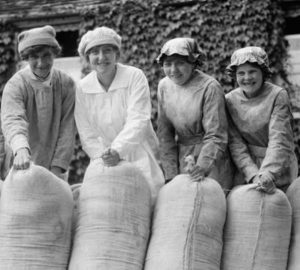 wondering why I did this. I knew things were going to be bad. There’s no food for us now, so this teaspoon of jam will be your meal for today. It will get you by.”
wondering why I did this. I knew things were going to be bad. There’s no food for us now, so this teaspoon of jam will be your meal for today. It will get you by.”
Mrs. Hansen had another method for warding off hunger. She told her children to pick up a fresh piece of tar in the street and to chew on it. She said it would keep their teeth nice and lessen the pain of hunger. So the children chewed tar, and it helped – some.
When May was fourteen, she joined the war effort, working in a munitions building. She assembled bags of TNT and filled shells with explosives. After a year she began transporting sixty-pound shells, pushing a trolley to and from the loading deck where they were then put on trucks.
An atmosphere of melancholy prevailed at the munitions factory, for most of the girls were older than May and had boyfriends or husbands fighting in France. May was always trying to cheer them up by laughing, singing, and dancing. On one of those days when she had everybody laughing and singing, May’s bright little world collapsed.
 The girls had finished loading a trolley, and May was starting to push it away. They were singing: “There’s a long, long trail a-winding, into the land of my dreams.” On the word dreams, there was a deafening roar. The trolley blew up, throwing fiery fragment of explosives in every direction.
The girls had finished loading a trolley, and May was starting to push it away. They were singing: “There’s a long, long trail a-winding, into the land of my dreams.” On the word dreams, there was a deafening roar. The trolley blew up, throwing fiery fragment of explosives in every direction.
The joyful encourager was thrown thirty feet, rendered unconscious and badly burned. All of her hair was blown off, and her teeth were gone. Her thyroid was damaged which stopped her growth from this point on, at the grand height of four and a half feet. Her face required several surgeries, but it was still scarred. One foot was burned badly and permanently deformed, requiring her to relearn how to walk.
Lessons from the war included both sorrow and pain, still this little Pollyanna transformed the experiences into a loving compassion and an even greater desire to help others. Before long she resumed her training as a nurse-governess, which had been interrupted by the war. She worked under an experienced Nanny where she learned about childbirth and childcare.
Shipped Out to America… The Savant who Knew his Mother’s Love (part 2)
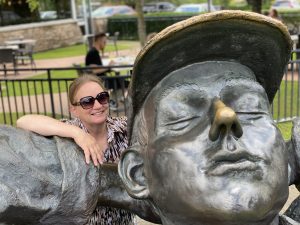
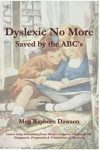 This three part story was taken from the book
This three part story was taken from the book
Dyslexic No More: Saved by the ABC’s
by Meg Rayborn Dawson
MA, Exceptional Student Education (Univ. of W. Florida) emphasis on Applied Behavior Analysis
MS, psychology (Grand Canyon University) Bachelor of Arts (Northwest Nazarene Univ.)
********************************************************************************
Did you know every year many 1,000’s of parents teach their own children to READ? Many of them have used Alpha-Phonics because they have found it can easily be used to teach their children to read. Your Kids can make a lot of headway in only a couple of weeks with this proven program. Alpha-Phonics is easy to teach, is always effective and requires no special training for the Parent. It works ! And it is very inexpensive. You CAN DO it !! Follow the links below to know all about the time-tested (38 + years) Alpha-Phonics program:

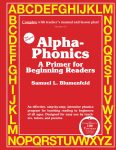

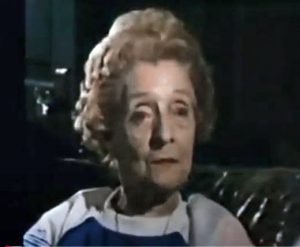
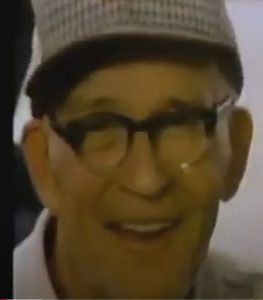
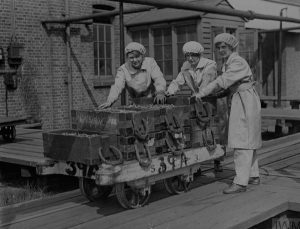
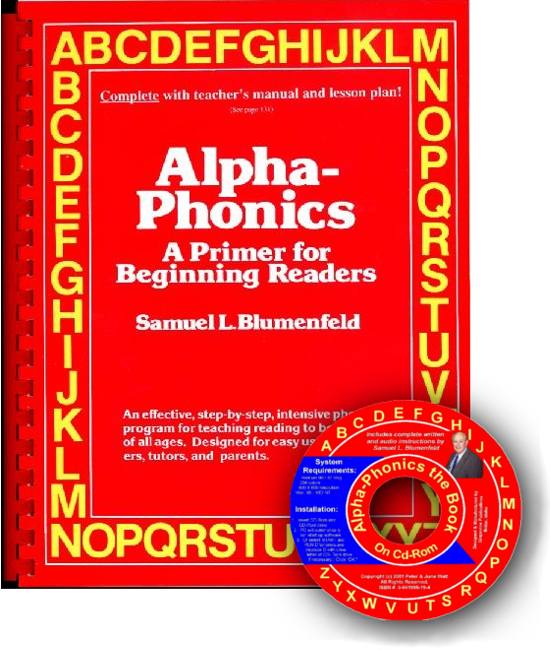 Alpha-Phonics
Alpha-Phonics The Alphabet Song!
The Alphabet Song! Water on the Floor
Water on the Floor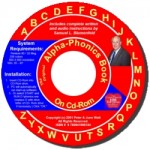 Alpha-Phonics the Book on CD Rom
Alpha-Phonics the Book on CD Rom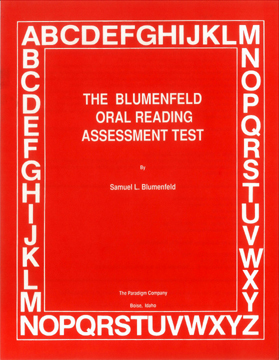 Blumenfeld Oral Reading Assessment Test
Blumenfeld Oral Reading Assessment Test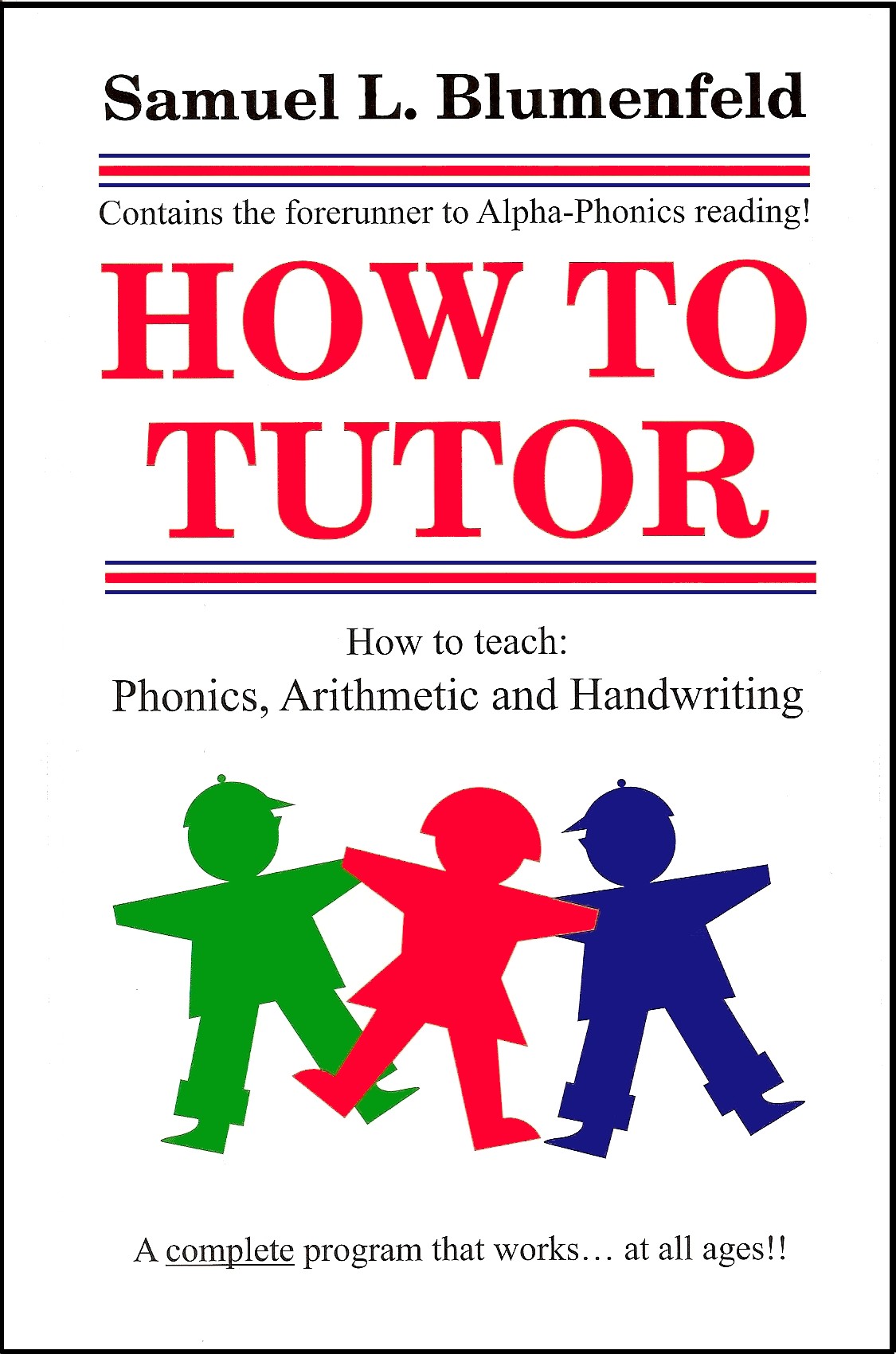 How To Tutor
How To Tutor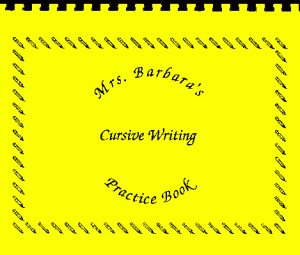 How To Tutor Cursive Handwriting Workbook
How To Tutor Cursive Handwriting Workbook